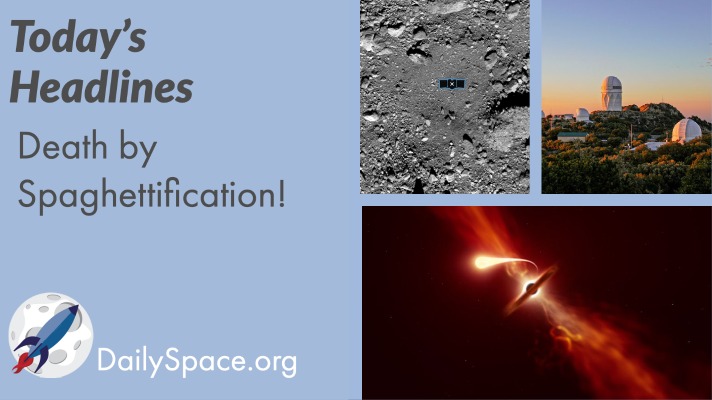
Oct 13, 2020 | Asteroids, Bennu Mapper, Daily Space, Gemini South, Observatories, OSIRIS-REx, Stars, Supermassive Black Holes
Join us for a look at today’s top story: ESO telescopes captured the last moments of a star being destroyed by a black hole in a tidal disruption event. Plus scientists are studying Bennu’s surface to get ready for next week’s touch and go sample collection, and NOIRLab begins the process of restarting telescope operations at several observatories around the world.
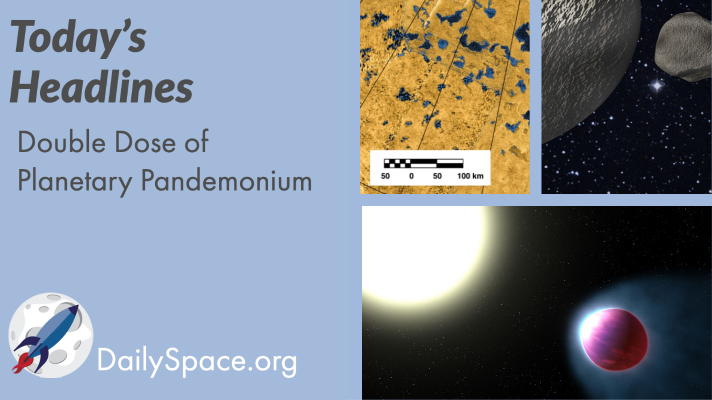
Oct 9, 2020 | Asteroids, Daily Space, Exoplanets, Jupiter, Our Solar System, Titan, Venus
Join us as we take a look back two weeks’ worth of planetary stories, including solar system research on a binary trans-Neptunian object, diamonds in meteorites, the stratification of Titan’s lakes, and how Jupiter affected Venus’ habitability. Plus we go farther into space and see how super flares affect the chances for life on exoplanets and find an exoplanet with vaporized metal in its atmosphere.

Oct 7, 2020 | Daily Space, Gemini North, Mars, Nebulae, Star Forming Region, Supermassive Black Holes
Research from our home Planetary Science Institute shows that the dune fields on Mars provide solid evidence for lithification and burial. Plus, Carina Nebula has been imaged with adaptive optics and looks amazing! And we take a look at the winners of this year’s Nobel Prize in Physics.
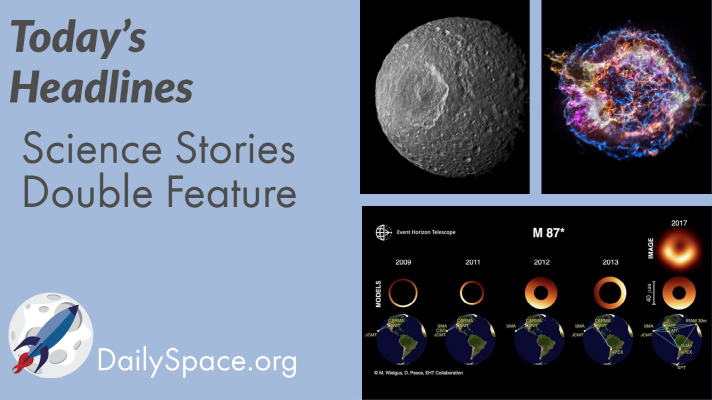
Sep 28, 2020 | Asteroids, Daily Space, Mars, Milky Way, Quantum, Saturn, Supermassive Black Holes
Join us today for a first-ever double feature episode. Dr. Pamela and Beth will cover the latest in astronomy and planetary science.
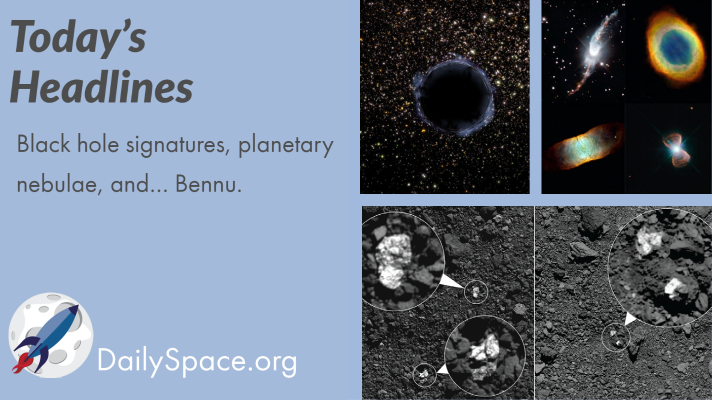
Sep 23, 2020 | Asteroids, Black Holes (Stellar), Daily Space, JAXA, OSIRIS-REx, Planetary Nebulae
Astrophysicists have finally figured out how to tell neutron stars apart from black holes by finding the signature of the event horizon. Another team discovered that planetary nebulae likely get their unique shapes due to binary systems. And we present some updates on the origin of rocks (and rocks and rocks and pebbles) on Bennu. Same with Ryugu, but we don’t hate Ryugu.
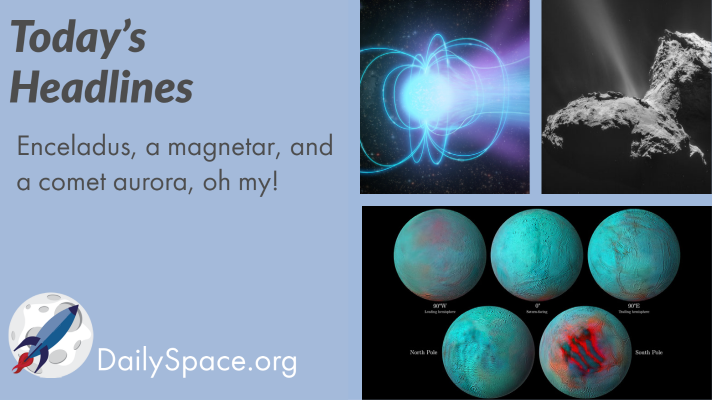
Sep 21, 2020 | Cassini, Comets, Daily Space, ESA, Neutron Stars / Pulsars, Saturn
Cassini data is still providing good science, and researchers recently found out that the northern hemisphere of Enceladus has fresh ice! Plus scientists directly measured the distance to a magnetar, and comet 67P/Churyumov-Gerasimenko has an aurora.








 We record most shows live, on Twitch. Follow us today to get alerts when we go live.
We record most shows live, on Twitch. Follow us today to get alerts when we go live.